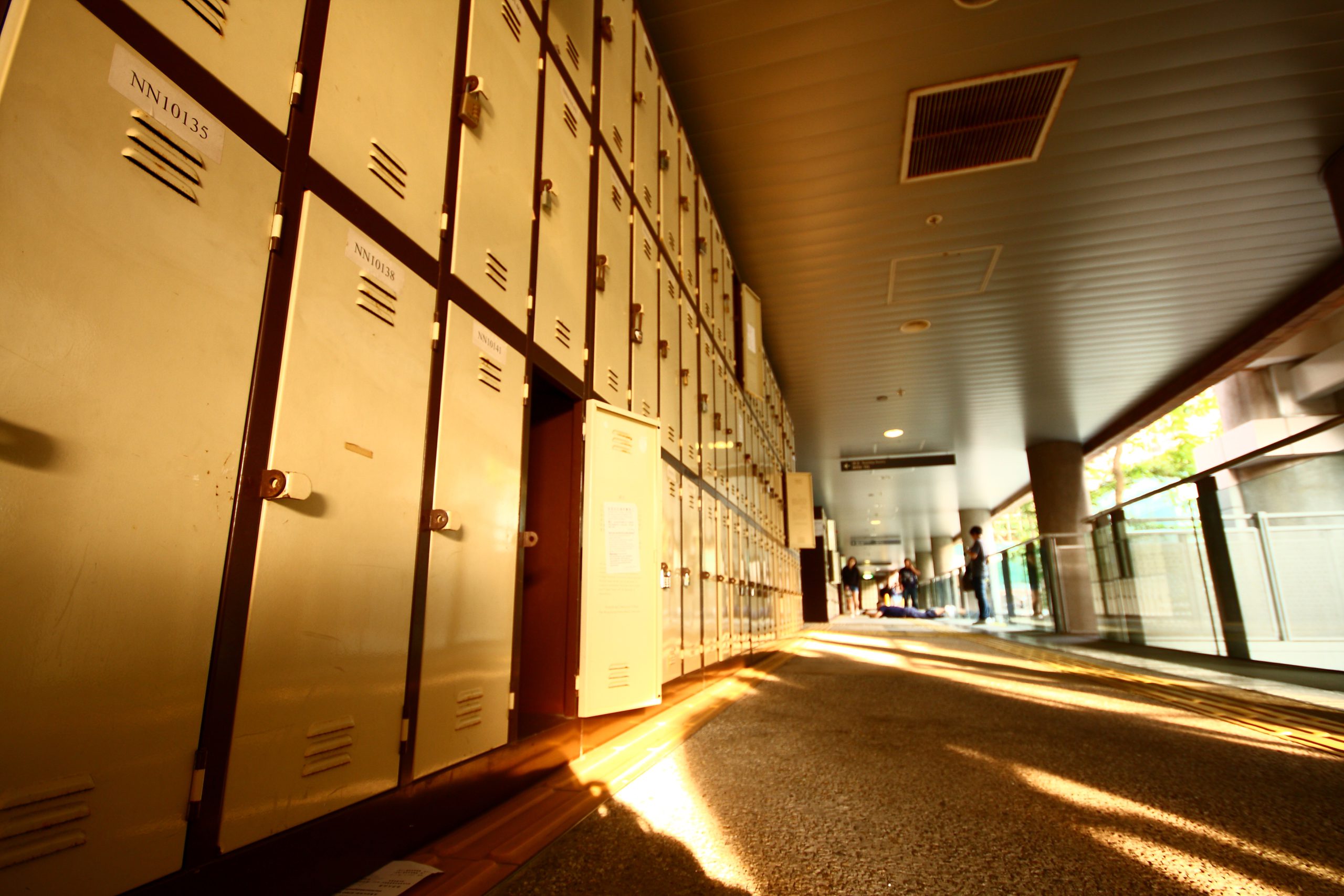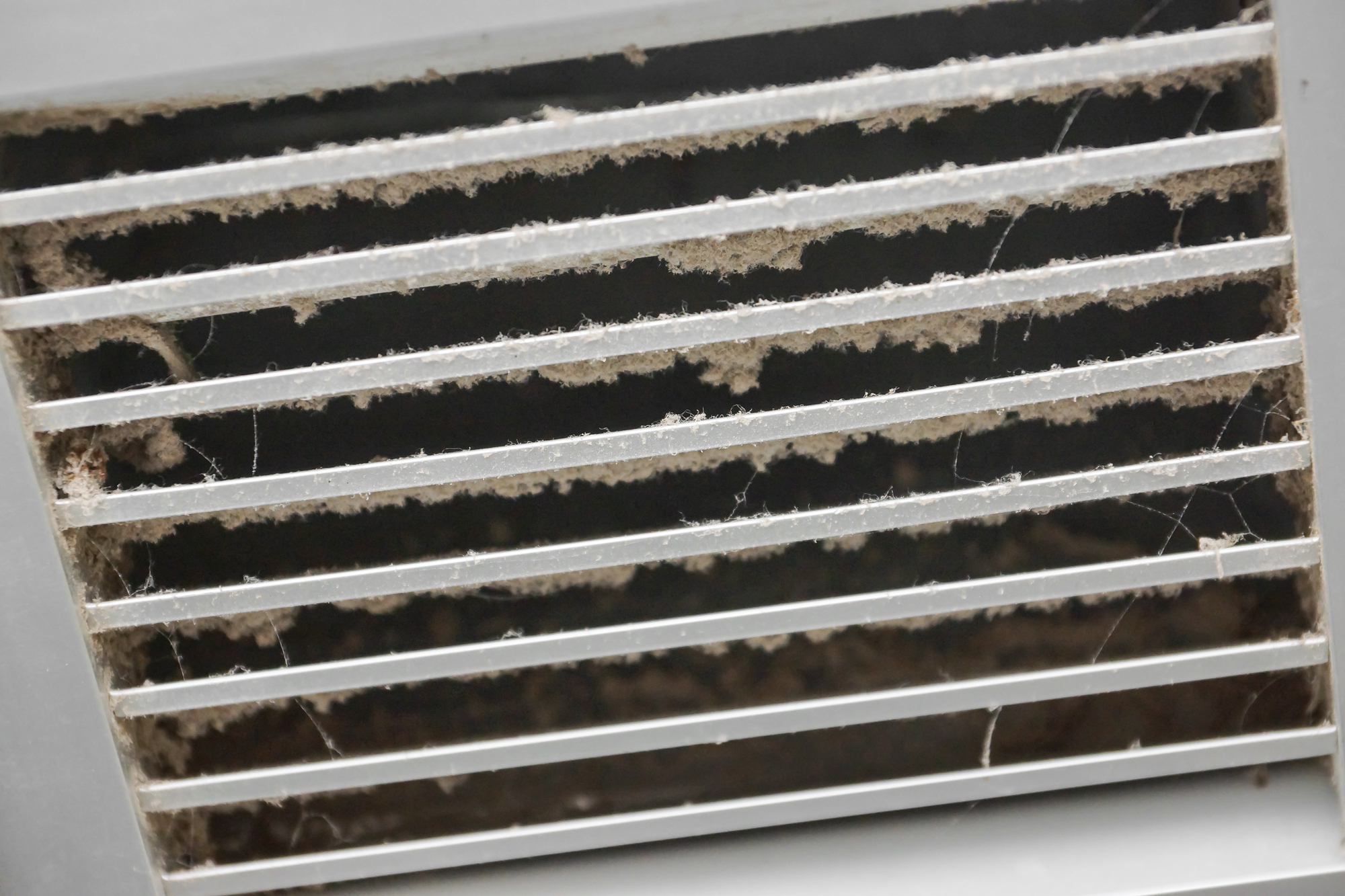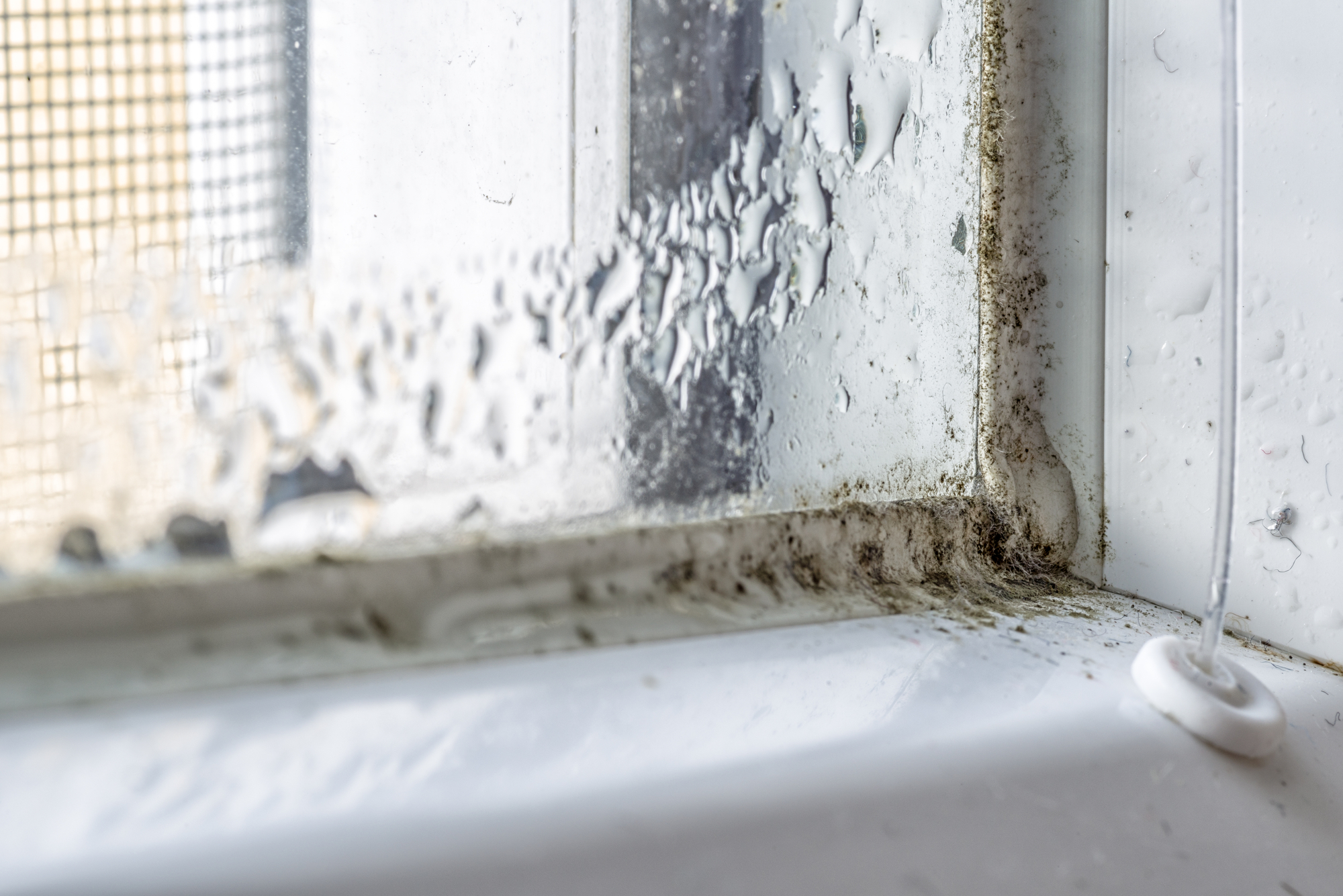What is the tolerated level of CO2 in elementary schools?

December 6th, 2021
On January 8, 2021, the Quebec government released the report it had commissioned from a group of experts and scientists on ventilation and air quality in elementary schools. This study included the results of carbon dioxide measurements in schools and the solutions considered lowering these levels. But what is the tolerable level of CO2 in elementary schools? This is what the following blog post will attempt to answer.
Co2 levels
Co2 levels are measured in parts per million (PPM). A target of 1000 PPM has been set by the Quebec government. Indeed, the experts judged that under the 1500 ppm, the air quality was acceptable. Health Canada, for its part, sets at 5000 ppm the rate beyond which there are real health risks. In Quebec, 40% of the capture systems are mechanical and 60% are natural. Once the measures are taken in schools, the government follows the following scale: Below 1000 ppm there is no action to be taken, between 1000 and 1500 ppm it is necessary to act and take further measures following the corrective action, between 1500 and 2000 ppm it is necessary to act quickly (less than a month) and more than 2000 ppm, it is necessary to act immediately (within a week).
Recommendations for lowering Co2 levels
In the case of naturally ventilated schools, it is recommended to open the windows and doors before the beginning and after the end of classes, ideally in the absence of students and even in winter. Then, make sure to close all openings to prevent freezing of liquid-containing ducts, or blocking of window hardware. For mechanically ventilated buildings, the filtration level should be increased and air circulation improved. Also, maintain a minimum level of ventilation on a continuous basis and start normal ventilation at least two hours before classes start and reduce it only two hours after classes end.
Review the ventilation maintenance plan
A clean ventilation system is a key to improving indoor air quality in schools. Therefore, the annual maintenance plan for ventilation systems should be reviewed to improve the situation. Poorly cleaned ducts will perform less well and will have to work harder to achieve the same result. In other words, dirty and dusty ventilation ducts contribute to poor indoor air quality. Combined with an increase in humidity, the results on health can be very harmful.
Air quality in Quebec schools is very important. Better air quality can reduce many problems such as asthma and allergies. The health of our children, teachers and support staff is at stake.









